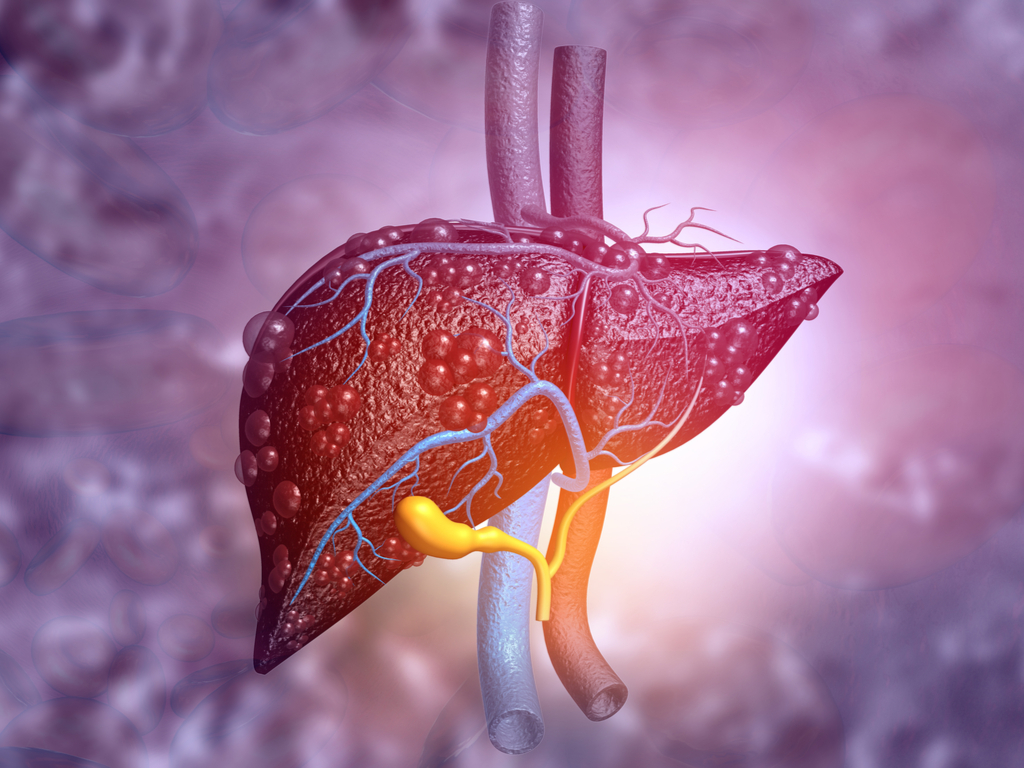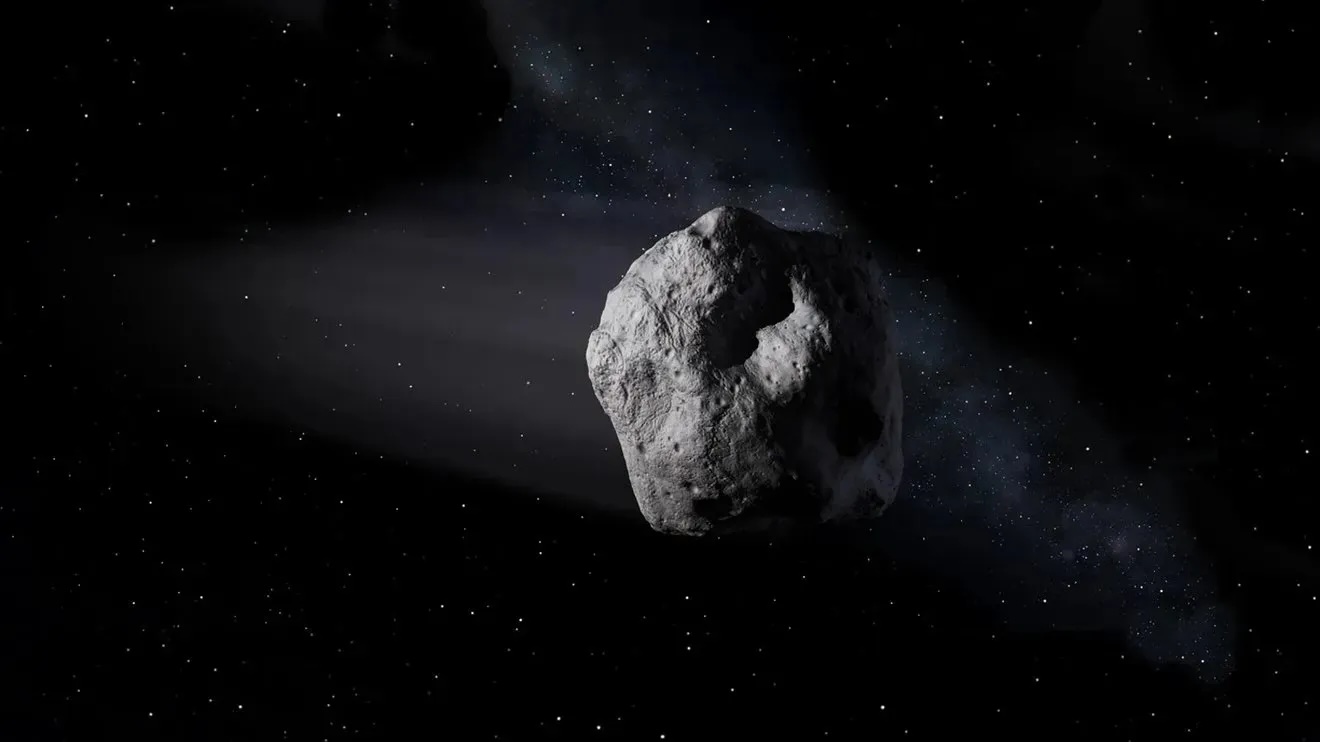When you buy through links on our site , we may realise an affiliate mission . Here ’s how it works .
Vehicles may crowd the asphalt of downtown Los Angeles freeways above ground , but below footing hundreds of newly discovered bacterium thrive by munching on heavy oil colour and natural asphalt . Trapped in the Rancho La Brea tar pits 28,000 twelvemonth ago , the bacterium are fit with particular enzymes that can break down crude , environmental scientist at the University of California , Riverside news report in a recent issue of Applied and Environmental Microbiology . The crude oil - dismantling enzymes could be used to clean up oil colour spill , produce raw medicinal drug and manufacture biofuels , among other uses . " Asphalt is an extreme and uncongenial environs for life to survive , " said Jong - Shik Kim , who initiated the subject . But “ these living organisms can survive in heavy rock oil mixtures contain many extremely toxic chemical ” with no water and small O , he said . Bacteria that make it on fossil oil producemethane gasas waste , so when Kim and his co-worker Dave Crowley notice the gas bubbling out of the sebaceous soil , they knew they had receive something unequaled . The two eventually sequenced mathematical group of the mariner pit bacteria ’s deoxyribonucleic acid to be certain . " antecedently , some bacterium had been culture from the asphalt , ” Kim said , “ but no one had been able to draw out DNA from the mineral pitch to study the full microbic community . ” To identify the bacteria and their unique enzyme , Kim and Crowley froze the gob with liquid nitrogen and then powderise it into a powder . With the tar - athirst bacterium exposed , the scientists extracted the DNA . But where did the oil - munch bacterium most likelycome from ? " stain microorganisms that were trapped in the asphalt , ” tell Crowley . But the bugs ’ long - lost congenator may have also originated from underground oil reservoir .

Volunteers clear tar from Ice Age bones being excavated from Pit 91 at the La Brea tar pits in Los Angeles. The yield of well-preserved bones, plant remnants, and microorganisms from the world’s only Ice Age paleontological dig in a city has not slowed since scientists began digging there in 1915.


















